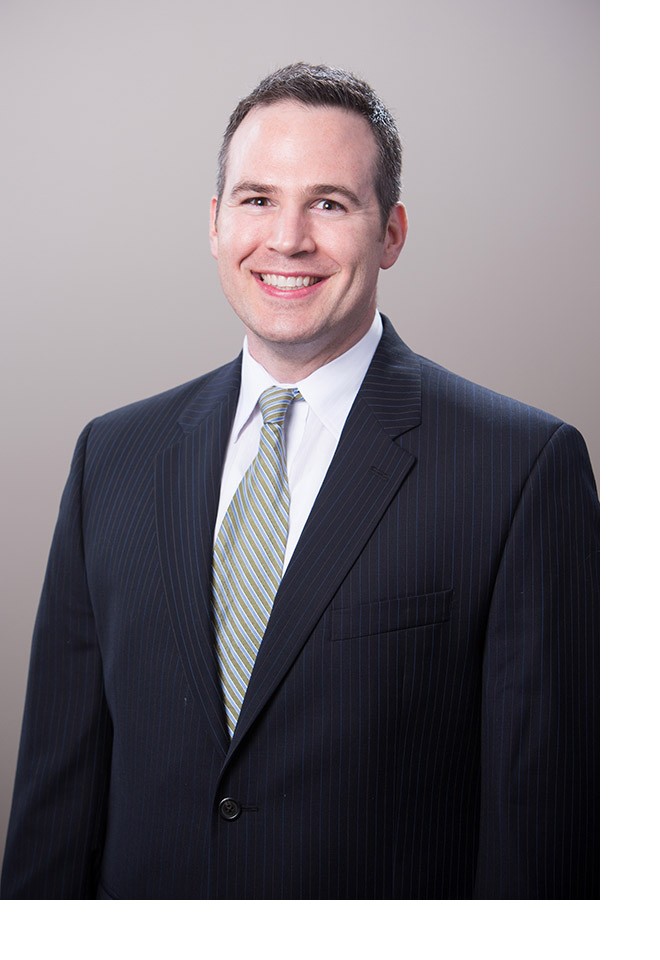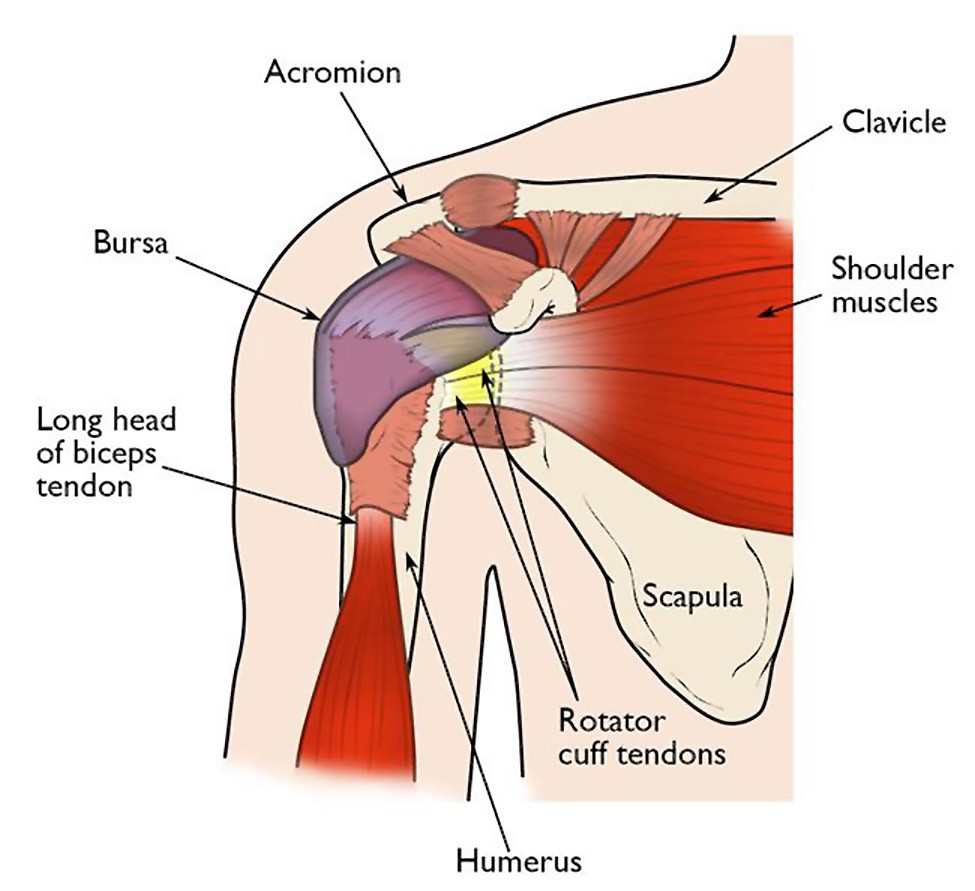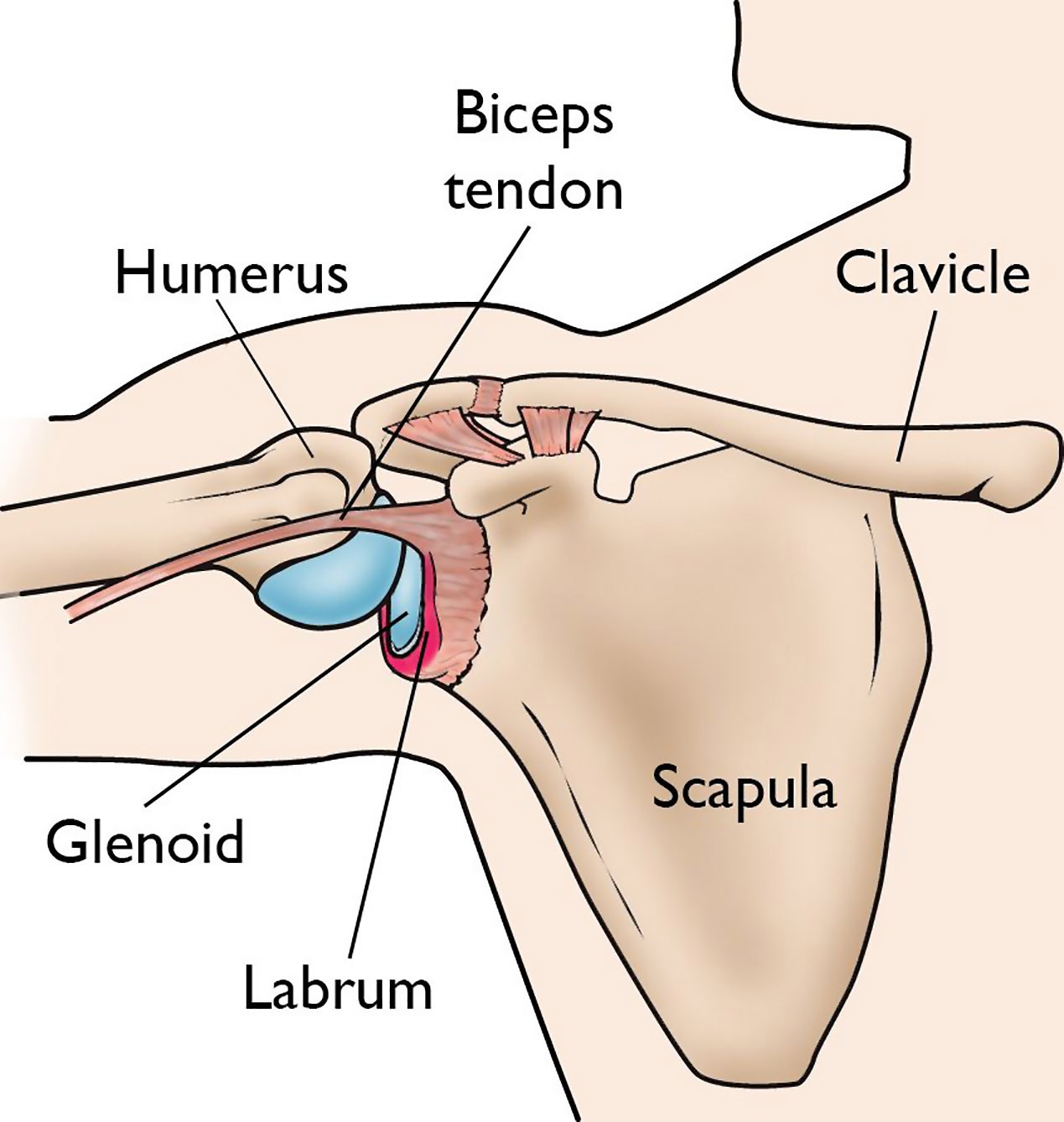My Shoulder Hurts

 Jay Rapley, M.D.
Jay Rapley, M.D.
A board certified and fellowship trained orthopaedic sports medicine surgeon with Rockhill Orthopaedics Specialists. Dr. Rapley chose to become an orthopaedic surgeon because he enjoys restoring function and mobility for his patients.
Most people do not realize that shoulder pain not only affects older adults and athletes, but everyone in between. In fact, almost everyone between the ages of 18-88 will experience a sore shoulder or limited range of motion, at least once in their life. You might be surprised to know that shoulder pain is common, in fact each year, over 4 million people seek medical care for their shoulder pain.
Did you know?
- Your shoulder joint has the most range of motion of all your joints, but is the least stable
- The shoulder joint sits on a moveable platform-the shoulder blade
- Most shoulder issues involve your muscles, ligaments, and tendons, but not the bones
- Most patients will “work through” the pain, as the pain, weakness and limited range of motion becomes second nature, but lack of treatment can lead to more problems
- An accurate diagnosis is crucial for faster recovery
What To Do First?
You can try adjusting your activities, taking nonsteroidal anti-inflammatory drugs, and performing mild stretches to see if the pain improves on its own. However, if the pain does not go away after a few weeks, you should consult your doctor.

Photo courtesy of OrthoInfo-AAOS
https://orthoinfo.aaos.org/en/diseases–conditions/shoulder-pain-and-common-shoulder-problems/
Shoulder Anatomy
Shoulder – Your shoulder is a ball-and-socket joint made up of three bones: your upper arm bone (humerus), your shoulder blade (scapula), and your collarbone (clavicle).
Rotator Cuff – A group of muscles and tendons that link your shoulder into your socket and allow you to raise your arm and reach overhead.
Labrum – Surrounding the outside edge of the glenoid is a rim of strong, fibrous tissue called the labrum. The labrum helps to deepen the socket and stabilize the shoulder joint

Photo courtesy of OrthoInfo-AAOS
https://orthoinfo.aaos.org/en/diseases–conditions/slap-tears/
Shoulder Conditions
Shoulder problems fall into two distinct categories:
1. Instability – the joint moves or is forced out of position, causing pain while raising your arm or feeling like your shoulder joint is slipping out of place.
2. Impingement – rubbing of the shoulder joint muscles against the top of part of the shoulder blade-the acromion.
Rotator cuff problems are the most common source of shoulder pain, accounting for more than two-thirds of all shoulder issues. A hard fall, repetitive arm motions or problems with the structure of your shoulder can injure the rotator cuff, which can cause it to become inflamed or torn.
Tears can also develop gradually. Repetitive overhead arm motions common in sports such as tennis and baseball, or in work activities, such as painters and carpenters, place great stress on your muscles and tendons. Certain muscles may begin to overpower others. This muscle imbalance can lead to shoulder instability, which can result in a tear.
What is Adhesive Capsulitis/Frozen Shoulder?
Characterized by a stiffness and pain in the shoulder joint. This condition accounts for about two percent of all shoulder issues.
What is a SLAP Injury?
When a SLAP tear occurs, the superior portion of the labrum of the shoulder is damaged, either by repetitive use of trauma.
Common Causes
- Repetitive use of the shoulder in throwing sports
- Rapid over the shoulder or overhead movement
- Shoulder dislocation
- Acute trauma from a motor vehicle accident
- Falling onto an outstretched arm in front of or to the side of the body
- Falling onto the shoulder
- Forceful pulling of the arm
- Lifting heavy objects
- Degeneration, or the wearing down of the labrum
Next Steps?
Obtaining an accurate diagnosis of your shoulder condition, for faster recovery is crucial as exercise, physical therapy, muscle memory with posture improvement and activity coaching are all becoming more effective, more targeted, and more readily available. Fortunately, advanced surgical techniques have enabled most shoulder issues that do not respond to conservative treatment to be repaired under a local block with an arthroscope as an outpatient procedure. If you are experiencing shoulder pain, please call Rockhill Orthopaedic Specialists at (816) 246-4302 to schedule a consultation with Dr. Jay Rapley or visit us at rockhillortho.com



